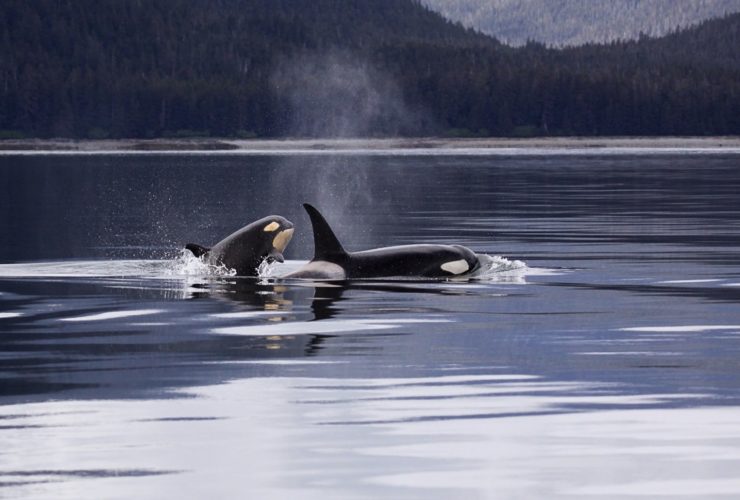
Drones are now being used in locating and steering away dolphins and other marine mammals from high risk areas such as port developments, windfarms, and survey areas. The noise from survey streamers and pile drivers can injur these animal’s sense of echo location.
PAMS, or Passive Acoustic Monitoring Systems, are currently used by environmental experts. But there are some species, such as the Brydes whales, that don’t use vocalization while hunting. However, all these marine mammals have a definite heat signature that can be spotted as soon as they come up to the surface for air. Aerial surveys are conducted using fixed wing aircraft, but creatures like dolphins just dive down and out of sight as soon as they hear one approaching.
Drones seem to be a good replacement for aircraft as they are small, easily maneuverable, and produce less noise than airplanes. They are inexpensive and can be made to hover and turn easily for a more detailed inspection should the need arise. A system created by the Ocean Life Survey will allow drones to travel anywhere between 3.5 to 7km for half an hour before needing to go back to base for recharging.
The equipment of choice is a DJI Phantom 4 fitted with a 32K pixel thermal camera mounted on a swivel base, allowing for full 360 degree view and a 180 degree vertical view. The drone’s camera can see up to 600 meters and gives GPS readings for individual objects.
DJI Phantom drones can be launched and retrieved from virtually any location and can function in wind conditions up to 10mps. If signal is lost then the Phantom 4 simply flies back to a predetermined point. Furthermore, these drones can help fishing vessels prevent a dolphin or similar marine mammals from getting caught in the fishing nets. Drones can be flown to conduct surveys before fishing operations begin. Thermal imaging drones will be paving the way for the improvement of mammal study and population protection.
|